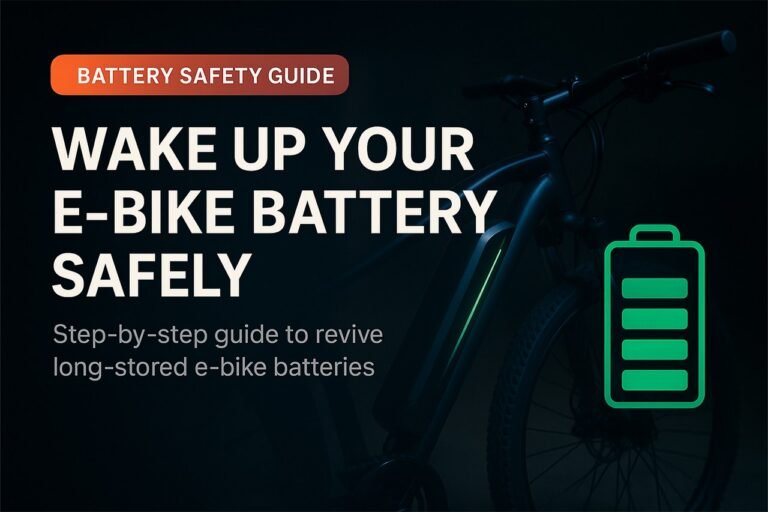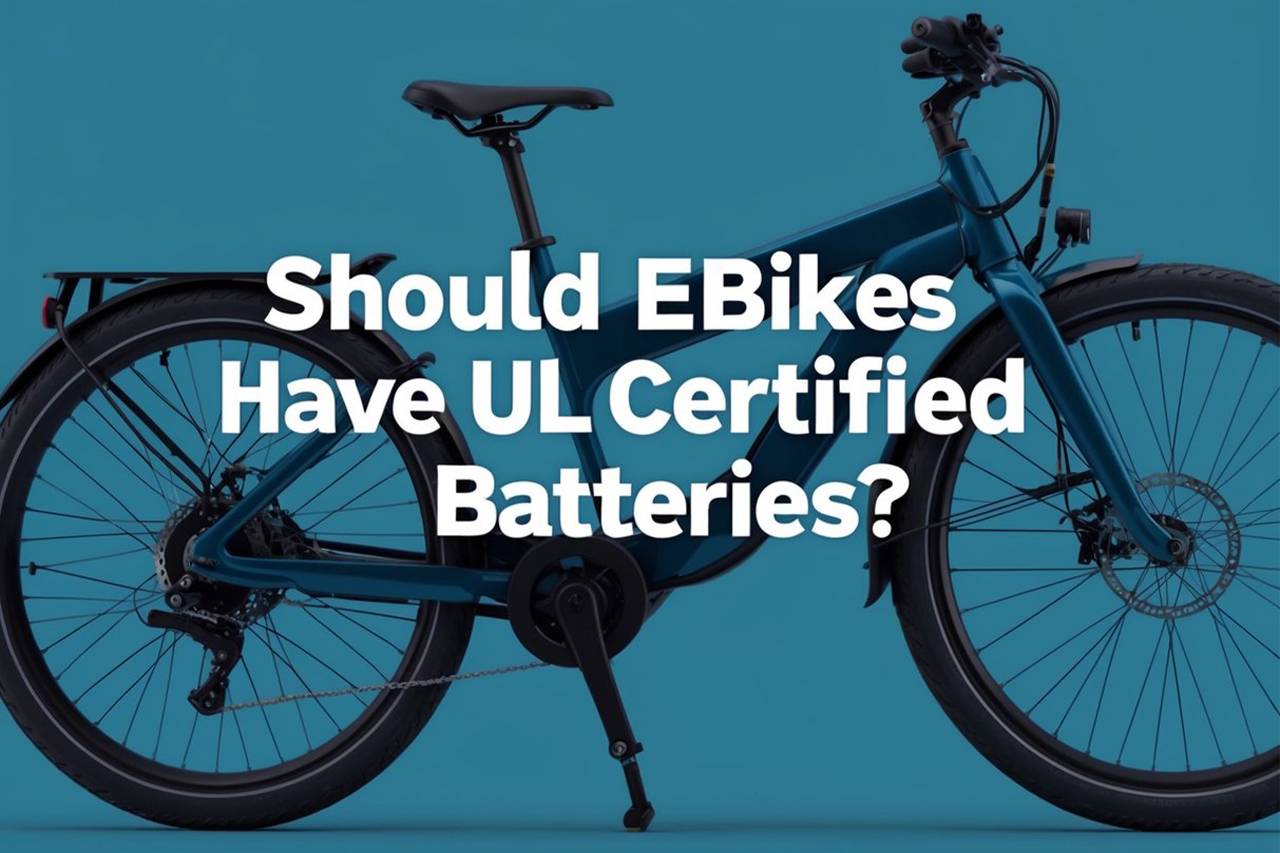
When it comes to e-bike safety, one question keeps popping up: should e-bikes have UL certified batteries? With more people riding electric bikes than ever before, understanding battery safety has become crucial for riders everywhere.
E-bikes should absolutely have UL certified batteries because certification ensures the battery meets established safety standards and significantly reduces the risk of dangerous thermal runaway fires. UL certification verifies that manufacturers have properly tested their batteries and followed safety protocols, giving riders confidence that their battery won’t spontaneously combust or cause electrical hazards during normal use.
This article will explore why UL certification matters so much for e-bike batteries, break down what the certification process actually involves, and help readers understand how to identify and choose properly certified e-bikes. We’ll also look at the potential consequences of riding with non-certified batteries and the ongoing debate within the industry about which standards should apply.
Why UL Certified Batteries Matter for Ebikes
UL certification acts as a safety net between riders and potentially dangerous battery failures. The difference between certified and uncertified batteries often comes down to fire prevention, consumer protection, and real-world safety incidents that have made headlines.
Risks of Uncertified E-Bike Batteries
Uncertified ebike batteries pose serious risks that certified ones are designed to prevent. The biggest danger comes from thermal runaway – a chain reaction where battery cells overheat and catch fire.
When an uncertified battery fails, the thin membrane separating the positive and negative ends can break down. This causes the materials inside to mix, creating intense heat and flames that spread from cell to cell throughout the entire battery pack.
Common risks include:
- Chemical fires that are extremely difficult to extinguish
- Toxic smoke that can be deadly in enclosed spaces
- Sudden battery failure without warning signs
- Poor quality control during manufacturing
Fire departments often have no choice but to let these battery fires burn themselves out once people are safely evacuated. The fires burn so hot and release such dangerous chemicals that traditional firefighting methods don’t work well.
Peace of Mind and Consumer Protection
UL certified batteries give riders confidence that their ebike meets established safety standards. The Consumer Product Safety Commission sets these rules, and UL labs verify that manufacturers actually follow them.
While UL certification costs companies $15,000 to $20,000 plus 10-12 weeks of testing, this investment protects consumers. The process requires manufacturers to submit 52 battery packs for rigorous testing.
UL certification provides:
- Third-party verification of safety standards
- Quality control throughout the manufacturing process
- Legal accountability for manufacturers
- Insurance protection for consumers
Companies that skip certification often do so to save money and get products to market faster. But reputable manufacturers know that one major safety incident can destroy years of building customer trust.
Fire Safety and Real-World Incidents
Real fire incidents have highlighted why battery safety for ebikes matters so much. Most reported fires involve cheap batteries from low-cost devices or batteries that were improperly repaired.
These chemical fires spread rapidly and release toxic gases. They’re nearly impossible to put out with water or traditional fire suppressants. Emergency responders often evacuate buildings and let the fires burn out completely.
The ebike industry debates between UL 2271 (battery-only certification) and UL 2849 (whole system certification). UL 2271 would catch the problematic aftermarket batteries that cause most fires, while UL 2849 only applies to complete manufacturer systems.
Most safety experts believe UL 2271 makes more sense because it covers all batteries – including the cheap aftermarket ones that typically cause problems. This approach would prevent dangerous batteries from reaching consumers in the first place.
Demystifying UL Certification: What Does It Involve?
UL certification involves rigorous testing by Underwriters Laboratories to ensure e-bike batteries and electrical systems meet strict safety standards. Two main standards apply to e-bikes: UL 2271 for battery packs and UL 2849 for complete electrical systems.
Who Are Underwriters Laboratories?
Underwriters Laboratories started in 1894 after a fire at the World’s Fair exposed dangerous electrical products. They became the go-to safety testing company that manufacturers trust.
UL operates testing facilities across the globe. They employ engineers and scientists who spend their days torturing products in creative ways. Think of them as professional product destroyers with a noble cause.
The company tests everything from toasters to skyscrapers. When it comes to e-bike batteries, they put these power packs through hell and back. Only the batteries that survive their brutal testing earn the UL mark.
UL certification isn’t legally required for e-bike batteries in most places. However, many retailers won’t sell products without it. Insurance companies also prefer UL-certified products when processing claims.
UL 2271 vs UL 2849: Battery vs Electrical System
UL 2271 focuses specifically on e-bike battery packs. This standard tests the battery’s ability to handle overcharging, crushing, and extreme temperatures. It also checks for toxic gas emissions during failure.
UL 2849 covers the entire e-bike electrical system. This includes the motor, controller, wiring, and how everything works together. It’s like testing the whole orchestra instead of just one instrument.
Here’s what each standard covers:
| UL 2271 (Battery) | UL 2849 (Full System) |
|---|---|
| Overcharge protection | Motor safety |
| Thermal runaway prevention | Controller testing |
| Impact resistance | Wire insulation |
| Short circuit protection | Water resistance |
Most quality e-bikes need both certifications. The battery gets UL 2271 and the complete bike gets UL 2849.
How UL Testing Keeps You Safer
UL testing simulates real-world disasters that could happen to e-bike batteries. Engineers drop heavy weights on batteries to simulate crashes. They also overheat batteries to see if they catch fire.
The overcharge test pushes batteries way beyond their limits. This reveals whether the battery will explode when someone uses the wrong charger. Water immersion tests show if wet conditions will cause dangerous shorts.
Vibration testing shakes batteries for thousands of hours. This mimics years of riding on bumpy roads. The goal is finding weak points before they reach consumers.
Batteries that pass UL testing have proven they can handle abuse. They’re less likely to catch fire in garages or explode during charging. This protection gives riders peace of mind and potentially saves lives.
The Role of Standards and Regulations
Government agencies and safety organizations create the rules that determine how safe e-bike batteries need to be. The Consumer Product Safety Commission sets standards that UL labs use to test batteries, while fire safety groups push for stronger requirements after seeing too many battery fires.
Consumer Product Safety Commission and CPSC Guidelines
The Consumer Product Safety Commission acts as the main watchdog for e-bike battery safety in the United States. They create the actual safety standards that companies should follow when making batteries.
The CPSC sets rules for everything from TVs to bike helmets. For e-bike batteries, they focus on preventing the dangerous fires that happen when batteries overheat or get damaged.
Here’s what makes this tricky: CPSC compliance isn’t mandatory. Companies can choose to ignore these safety rules entirely. UL certification verifies that products meet CPSC standards, but it’s completely optional.
The CPSC guidelines cover key safety areas:
- Overcharge protection – prevents batteries from taking too much power
- Temperature controls – stops dangerous overheating
- Impact resistance – protects against damage from drops
- Cell quality standards – ensures individual battery cells are safe
National Fire Protection Association Recommendations
The National Fire Protection Association has become very concerned about e-bike battery fires. They’ve seen firsthand how these fires spread quickly and are nearly impossible to put out with regular water.
Fire departments across the country report that e-bike battery fires burn much hotter than normal fires. The chemicals inside create toxic smoke that forces people to evacuate entire buildings.
The NFPA now recommends that all e-bike batteries should have UL certification before being sold. They’ve documented cases where cheap, uncertified batteries caused apartment fires that killed multiple people.
Key NFPA recommendations include:
- Only buy batteries with proper certification
- Never charge batteries overnight or unattended
- Store batteries away from escape routes
- Replace damaged batteries immediately
State and Local Requirements for UL Certification
New York City became the first major city to require UL certified batteries for all e-bikes sold within city limits. This happened after a series of deadly apartment fires caused by cheap e-bike batteries.
Other cities are quickly following New York’s lead. San Francisco and Chicago are considering similar laws that would ban the sale of uncertified e-bike batteries.
The requirements typically focus on:
- Retail sales – stores can’t sell uncertified batteries
- Online shipping – restrictions on shipping uncertified batteries to residents
- Commercial use – delivery workers must use certified batteries
Some states are going even further. California is considering statewide rules that would require all e-bike components to be tested together as a complete system, not just the battery alone.
What Happens If Your Ebike Isn’t UL Certified?

Non-certified ebike batteries pose serious risks including thermal runaway fires and electrical failures. Most dangerous incidents involve cheap aftermarket batteries that lack proper safety testing.
Fire Hazards and Electrical Malfunctions
Ebike batteries without UL certification can experience thermal runaway, a dangerous chain reaction where cells overheat and ignite. This happens when the thin membrane separating the positive and negative ends breaks down.
When one cell fails, it spreads to neighboring cells like dominoes falling. The entire battery pack can burst into flames within minutes.
These fires burn extremely hot and are nearly impossible to extinguish. Fire departments often let them burn out completely because water doesn’t stop the chemical reaction.
Common electrical problems include:
- Sudden power loss during rides
- Overcharging that damages the battery
- Short circuits that can shock riders
- Complete system failures
The fires are being caused by faulty batteries due to poor design and construction. Many incidents have resulted in property damage and even deaths.
Common Issues with Aftermarket Batteries
Aftermarket batteries cause the majority of ebike fires and malfunctions. These cheap replacements often use low-quality cells and skip essential safety features.
Typical problems with uncertified aftermarket batteries:
- Overheating – Poor heat management leads to dangerous temperatures
- Inconsistent charging – Cells charge at different rates, creating instability
- Weak protection circuits – Inadequate safeguards against voltage spikes
- Cell imbalance – Uneven power distribution damages the battery
Many riders buy these batteries to save money or replace damaged original batteries. However, they’re gambling with their safety and property.
Most of the fires are caused by aftermarket batteries that would continue to escape certification under some proposed regulations. These batteries often fail within months of purchase, leaving riders stranded or worse.
How to Check and Choose UL Certified Ebikes
Finding a UL certified ebike requires knowing what to look for on labels and understanding which brands prioritize safety testing. Smart buyers check certification marks, research trusted manufacturers, and avoid common red flags that signal potentially dangerous batteries.
Verifying UL Certification Labels
The UL mark should appear clearly on both the battery pack and the bike’s documentation. Look for the distinctive UL logo with the words “Listed” or “Recognized” underneath.
Check the battery housing for a UL label that includes a file number. This number can be verified on UL’s official database at ul.com.
Key elements of authentic UL labels:
- Clear UL hologram or logo
- Product category code
- File number (starts with “E” followed by numbers)
- Manufacturer information
Fake labels often have blurry text or missing file numbers. If the label looks cheap or is just a sticker, it’s probably not legitimate.
Some manufacturers display UL certification in their user manuals or spec sheets. Always verify this information matches what’s actually on the battery.
Top Brands With UL Certified Batteries
Several major ebike manufacturers have committed to UL certified battery systems for their electric bikes. These brands typically invest in proper testing despite the significant costs involved.
Brands known for UL compliance:
- Trek – Most models feature UL listed battery systems
- Specialized – Uses UL certified Bosch and proprietary batteries
- Giant – Partners with certified battery suppliers
- Aventon – Select models include UL listed components
Bosch, Shimano, and Yamaha motor systems often come with UL certified batteries when used by reputable manufacturers. These system integrators have the resources to handle certification costs.
Direct-to-consumer brands may skip UL testing to keep prices low. Always verify certification status before purchasing from newer or unknown companies.
What to Watch Out for When Buying
Price can be a major red flag when shopping for e-bike batteries. Extremely cheap batteries under $300 often lack proper safety testing and certification.
Aftermarket battery replacements pose the biggest risk. These generic batteries rarely undergo UL testing and cause most ebike fires reported in news stories.
Warning signs to avoid:
- No visible UL marking on battery
- Seller cannot provide UL file number
- Battery price significantly below market average
- Generic “compatible” replacement batteries
Online marketplaces like Amazon and eBay flood the market with uncertified batteries. Stick to authorized dealers and official brand websites when possible.
If a seller claims UL certification but cannot show documentation, walk away. Legitimate manufacturers proudly display their safety credentials and testing results.
Final Thoughts

The question of whether e-bikes should have UL-certified batteries isn’t really a question at all. It’s a safety necessity that the industry needs to embrace fully.
Most fires and safety issues stem from cheap, uncertified batteries flooding the market. These batteries skip the rigorous testing that costs manufacturers around $15,000-$20,000 and takes 10-12 weeks to complete.
The key takeaways for riders:
- UL 2271 focuses specifically on battery certification
- UL 2849 tests entire e-bike systems together
- Most dangerous fires come from aftermarket batteries without any certification
- Reputable manufacturers already support safety standards
The industry debate between UL 2271 and UL 2849 shouldn’t be an either-or situation. Both standards serve important purposes and could work together to protect riders.
Until mandatory certification becomes reality, smart shoppers should look for that UL logo. It’s not a guarantee against all failures, but it shows the manufacturer cared enough to invest in proper safety testing.
Nobody wants their garage to become a fire hazard or their daily commute to turn dangerous. Certified batteries give riders the peace of mind they deserve when investing in e-bike technology.
The extra cost and time for certification is a small price compared to the potential consequences of cutting corners on safety.


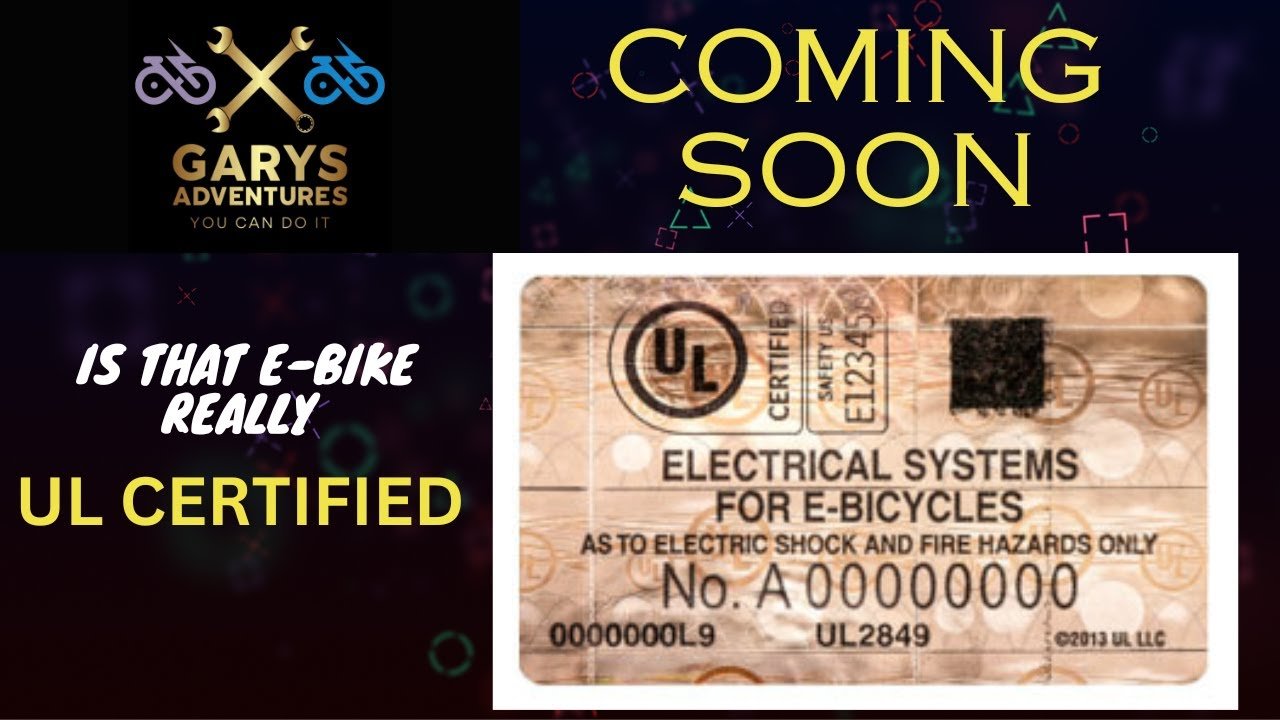
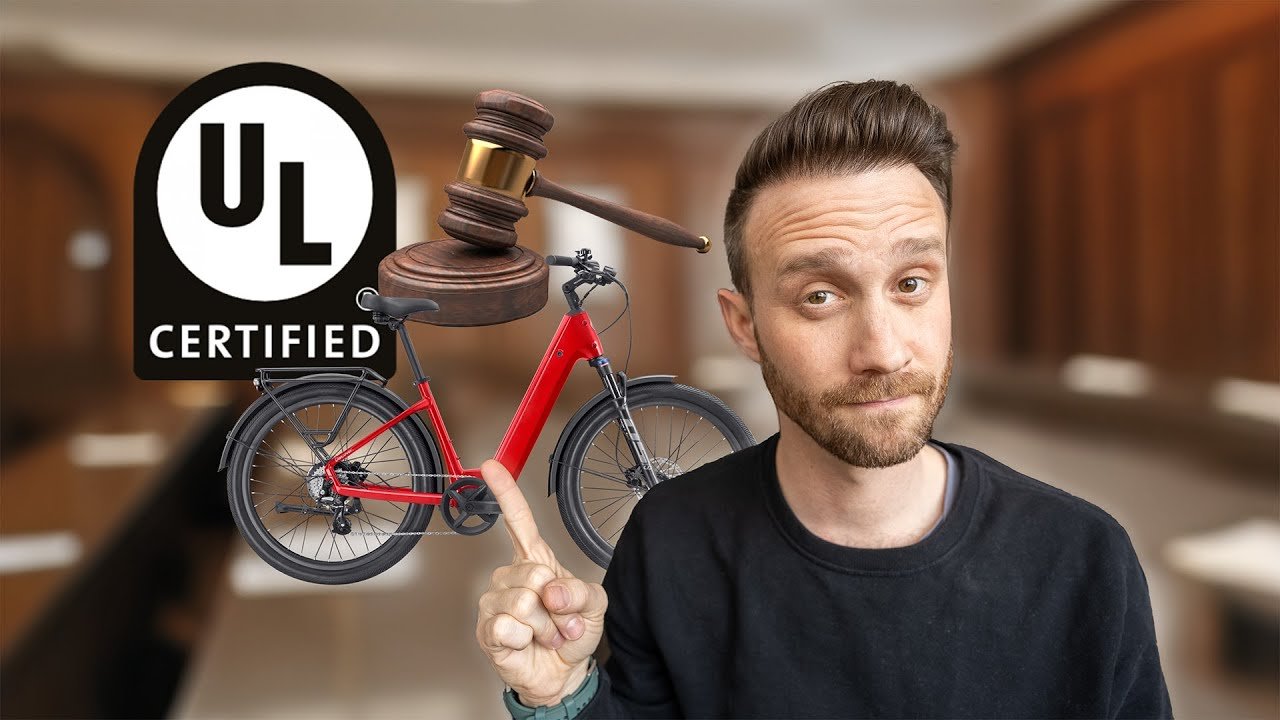

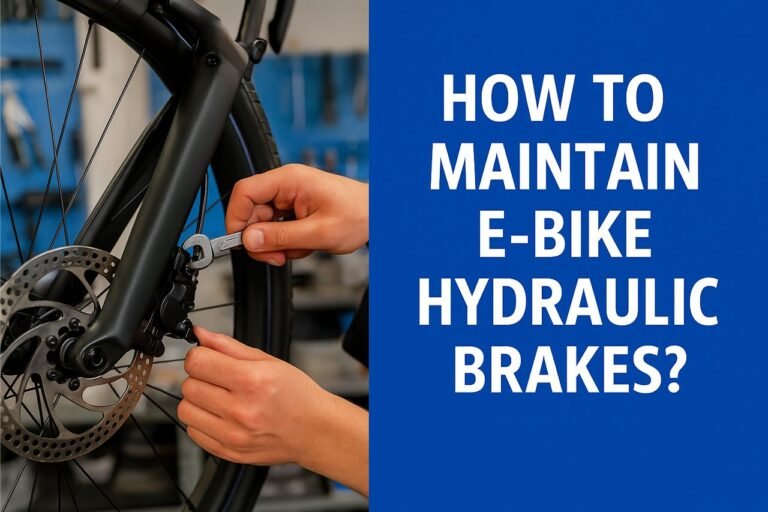
![Electric Bike Charging Guide ([year]): Expert Tips for Battery Care, Safety & Long Life Electric Bike Charging Guide](https://goebikelife.com/wp-content/uploads/2025/04/EBike-Charging-Guide-768x512.jpg)
